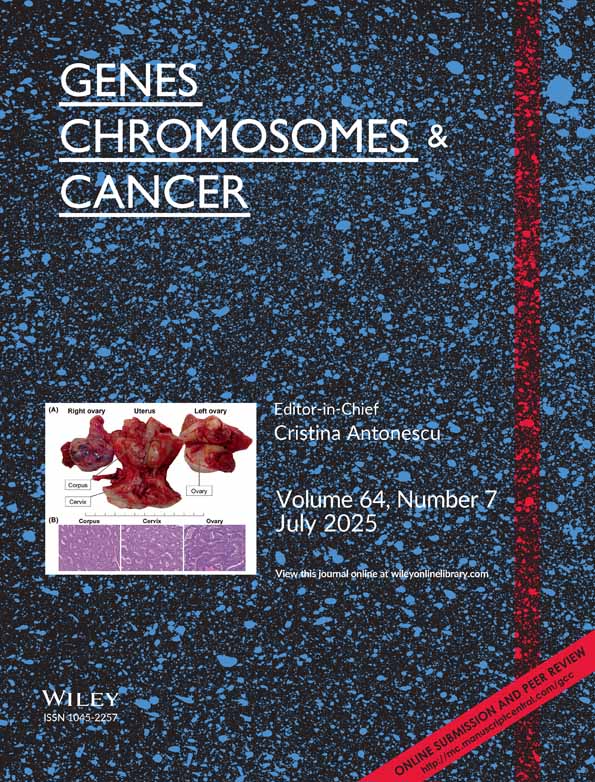Rapid and sensitive minimal residual disease detection in acute leukemia by quantitative real-time RT-PCR exemplified by t(12;21) TEL-AML1 fusion transcript
Abstract
Because previous PCR-based methodologies for detection of minimal residual disease (MRD) in leukemia patients have been too cumbersome to allow for widespread clinical usefulness, we have employed a real-time quantitative PCR (RQ-PCR) system to develop an MRD assay for t(12;21). We initially determined the expression of the different alternatively spliced TEL-AML1 mRNAs found in t(12;21) breakpoint variants I and II. We then optimized PCR primers for the RQ-PCR system and, using the t(12;21)+ REH cell line in spiking experiments, found a linear detection of TEL-AML1 over at least five logs. Moreover, 1 malignant cell in a background of 1,000,000 normal cells could be detected. The expression of the GAPDH, ABL, and β2-microglobulin (β2M) housekeeping genes were then compared in normal donors and in leukemic patients, and the very stably expressed β2M was selected as an internal reference gene, allowing us to compensate for variation in RNA quality and day-to-day variation. In 12 samples from t(12;21)-positive patients at diagnosis, the levels of the TEL-AML1 fusion transcripts were found to vary up to 14-fold after normalization to β2M. Interestingly, in samples obtained from seven patients at diagnosis, during induction chemotherapy, or relapse, the level of TEL-AML1 in peripheral blood (PB) and bone marrow (BM) was found to differ only by threefold, suggesting that MRD may be evaluated in PB samples in most patients. We conclude that this assay could set new standards for t(12;21) MRD detection with its accuracy, its high throughput, and its short turnover time for samples. Genes Chromosomes Cancer 26:355–365, 1999. © 1999 Wiley-Liss, Inc.




